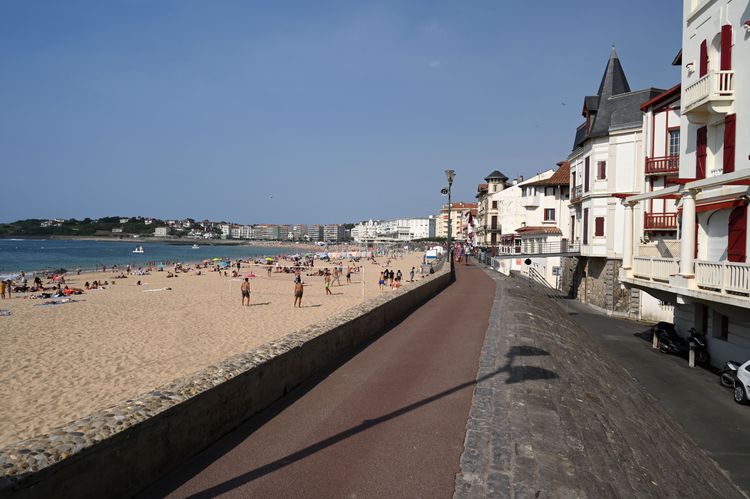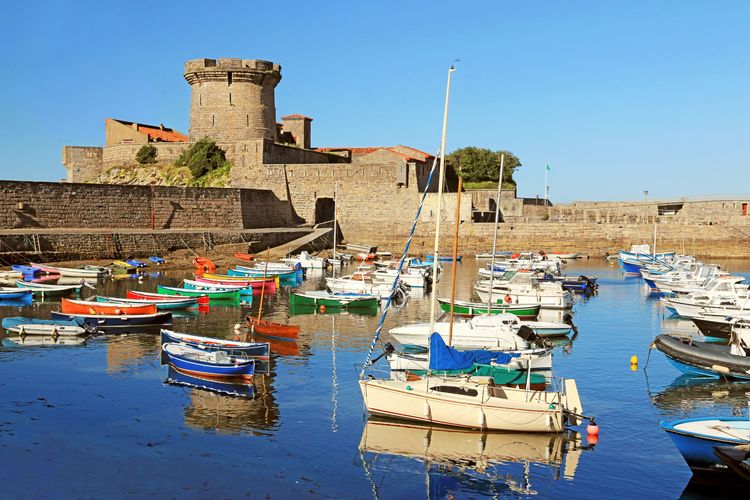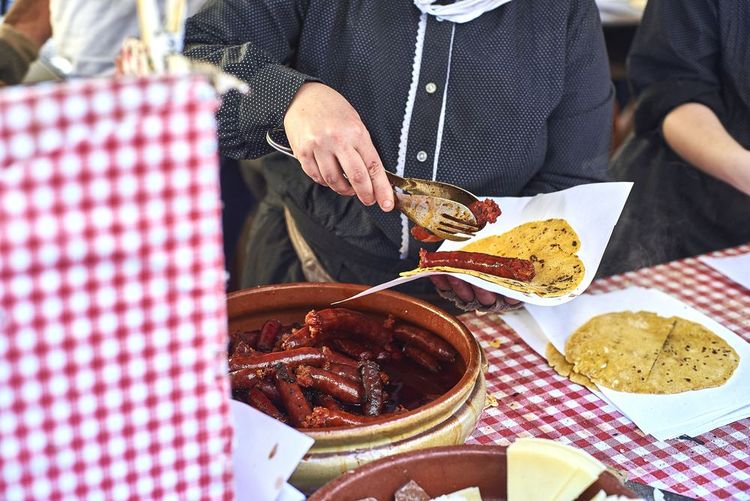The Promenade Jacques Thibaud is 3.7 km long. The walk starts from the signposts next to the Handiplage signs at the pointe de la Sainte-Barbe. You then pass along the Grande Plage and the Flots Bleus beach, before finally reaching the Pointe de Sainte-Barbe. This coastal route offers great views of the Socoa fortress, Ciboure and the harbour.











